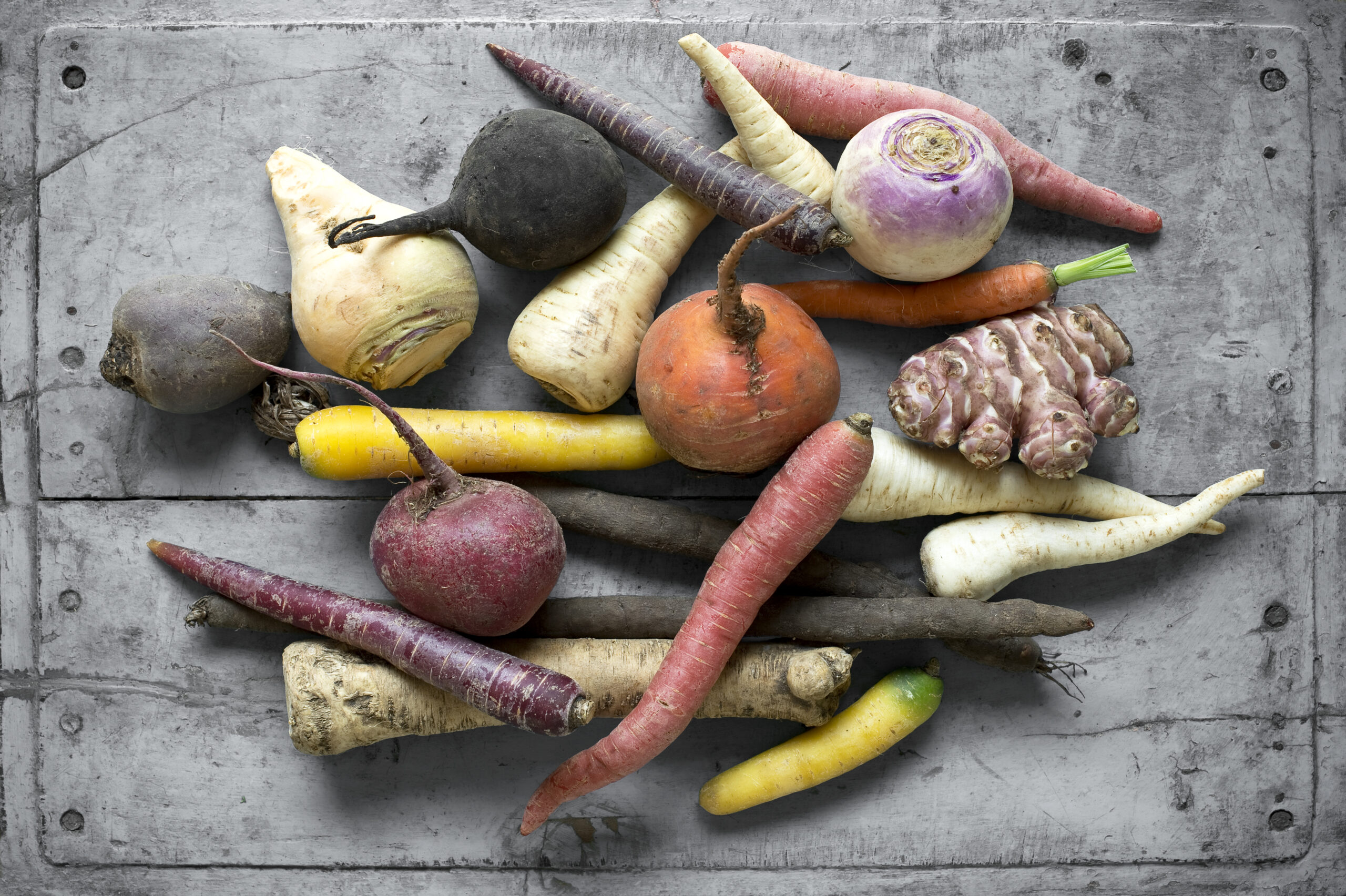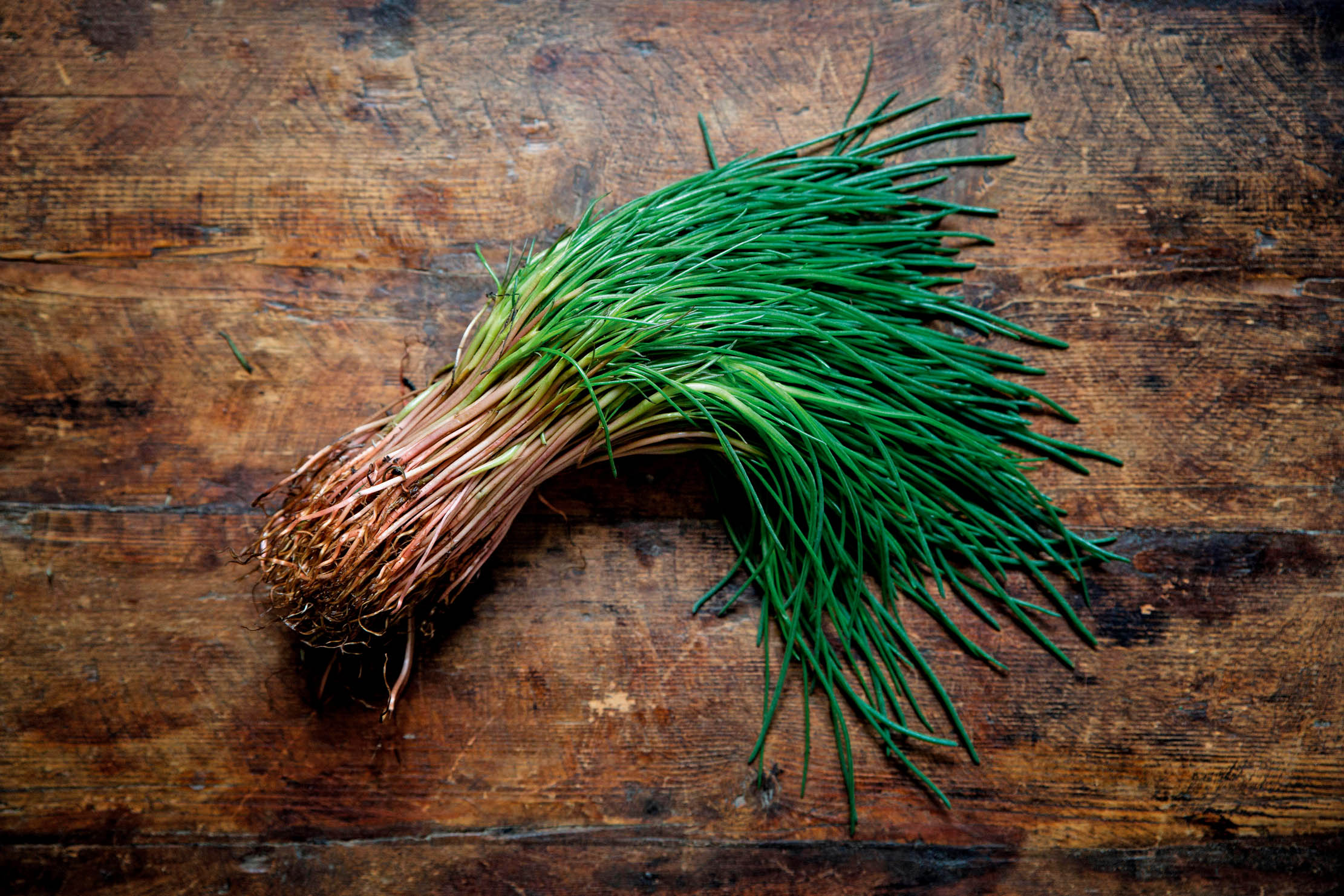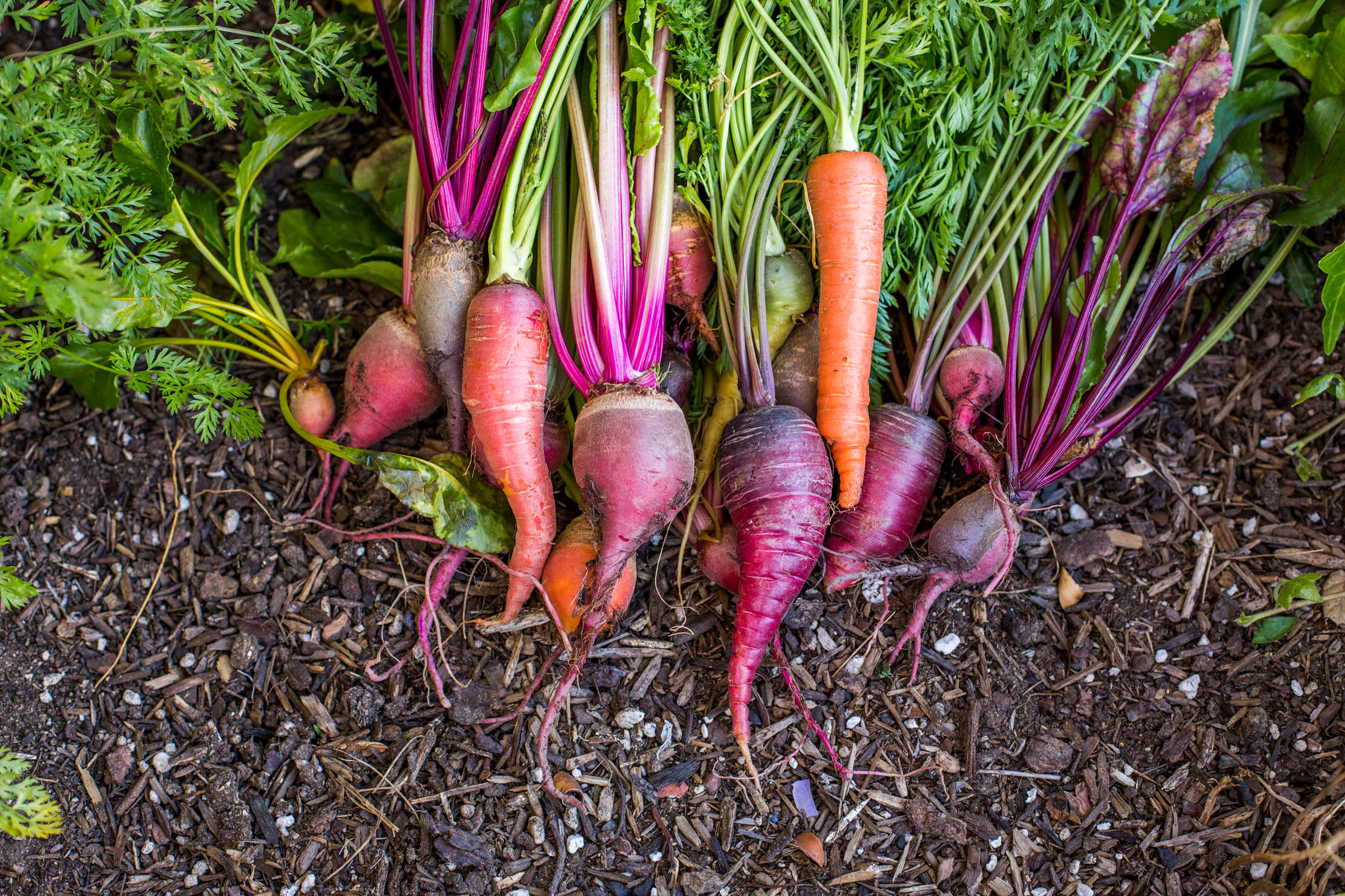'That first taste, six months later, was a quiet revelation': Mark Diacono on how he was inspired to grow his own vegetables
Our grow-your-own expert Mark Diacono looks back on the early days of his growing, and how things he'd never heard of such as salsify and scorzonera found a place in his heart. And his garden, of course.


When I first got the urge to grow vegetables, it was broad beans, green beans, early potatoes and carrots that dominated my kitchen gardening space and time. When looking through Jane Grigson’s Vegetable Book — highly recommended — for ideas about how to make the best of them in the kitchen, I read her words about salsify and scorzonera. I hadn’t heard of either.
A long, slim carrot in shape, both apparently tasted somewhere between asparagus, globe artichoke and oysters, with scorzonera dark-skinned to salsify’s white. They sounded too good to be true. I found seeds for salsify and sowed them in spring. It was the first plant I grew that I’d never tasted before growing. That first taste, six months later, was a quiet revelation: I couldn’t pick out more than a faint hint of the supposed oyster flavour, but sweet earthiness was most definitely prominent, with a touch of Jerusalem artichoke to my mind.
Salsify (Tragopogon porrifolius) and scorzonera, also known as Spanish salsify (Scorzonera hispanica) belong to the Asteraceae or daisy family. Both originate in the northern Mediterranean and are much loved where they are grown. If you are in France in autumn and a restaurant doesn’t have it on the menu, I’d continue your search for one that does.
Highly nutritious and full of fibre, both are easy to prepare: you can peel them before cooking, dropping them into acidulated water to prevent discolouring, but I prefer to chop off the leaves and simmer them in water — 10–15 minutes should be plenty — until they take the point of a sharp knife. Drain and submerge in cold water and the skins should slip off fairly easily. Serve as you might carrots or parsnips or take advantage of their affinity for dairy and either make a gratin or chop into batons and fry in butter until lightly browning, adding a little cream, garlic, lemon juice, Parmesan and chopped parsley, as a superb side dish. The raw leaves, long and wide, are edible in theory, but unremarkable in reality.
Salsify and scorzonera are easy to grow, too. Although either will likely produce in most soils, a stone-free, deep soil gives the roots room to develop unhindered, with long straight produce likely to result. Avoid manuring the soil ahead of growing root crops; most are liable to fork if you do.
The visually remarkable seeds are large and simple to sow. I usually wait until early April, pushing them half an inch deep and allowing 6in between them. Apart from watering through dry periods, you have nothing to do but wait for the short days to return. ‘Russian Giant’ scorzonera and ‘Mammoth’ salsify are my favourite varieties.
Salsify and scorzonera can be harvested from early autumn, but are happy left in the ground until there is a hard frost. I can’t wait to harvest a few from mid September, but I usually let most develop to experience a light frost as, to my mind, it improves their flavour in the same way it does parsnips.
Sign up for the Country Life Newsletter
Exquisite houses, the beauty of Nature, and how to get the most from your life, straight to your inbox.
Whatever you do, don’t take hold of the leaves and pull to harvest: you’ll end up on your backside with a handful of green. A good fork is useful to carefully loosen adjacent soil and lift them to avoid snapping the long, precious roots. If you can avoid lifting them soon after heavy rain, so much the better, as the looser the soil is the easier the task.
Don’t be surprised if they develop a network of thin side roots; it is perfectly common. Simply ease the attached earth loose as you lift them and don’t worry if any of these side roots break off as you’ll remove them before cooking anyway.
If you live in a mild area or are happy to mulch any roots you don’t harvest, you will be blessed with flowers the following year; indeed, many people grow them for exactly this reason. Salsify produces purple, daisy-like flowers on 20in to 2ft (50-60cm) stems, whereas those of scorzonera are yellow. The greedy among you will be delighted to know that the plump flower buds can be lightly steamed and eaten with a vinaigrette and, once flowered, the lightly peppery petals can be sprinkled on a salad. The adventurous and inquisitive may like to try cutting back the leaves at the end of autumn and earthing up to 8in or so to encourage blanched chicory-like leaves in spring. Sweet, with a hint of bitterness, they are — as the roots are — very happy in the company of cream.
Mark Diacono grows edibles, both usual and unusual, at Otter Farm in Devon (www.otterfarm.co.uk). His book 'Vegetables: Easy and Inventive Vegetarian Suppers' (Quadrille, £27) is out now.

Six weird and wonderful vegetables you should be growing in your garden
Whether you are looking for new flavours to tickle your tastebuds or something different to grow in your garden, little

Credit: Getty Images/Tetra images RF
How to grow vegetables which look as good as they taste
Vegetable needn't be drab or dull — all you have to do is pick the right varieties. Steven Desmond shares
Mark is lucky enough to spend most of his time eating, growing, writing and talking about food. He has written fourteen award-winning books, including A Year at Otter Farm and A Taste of the Unexpected (both won Food Book of the Year, and Garden Book of the Year). Known for growing everything from Szechuan pepper to pecans to Asian pears, Mark's refreshing approach to growing and eating has done much to inspire a new generation to grow some of what they eat. He was involved in the early days of River Cottage, appearing in the TV series, and writing four River Cottage books. Mark writes to a global audience on his best-selling Substack: Mark Diacono’s Abundance.

